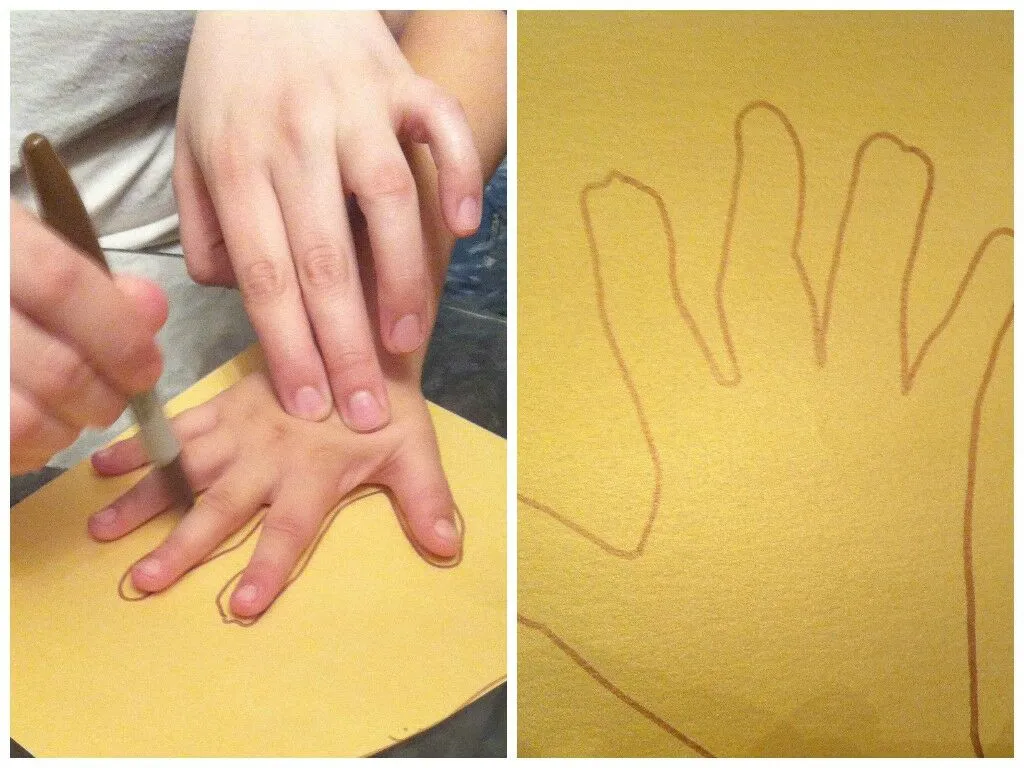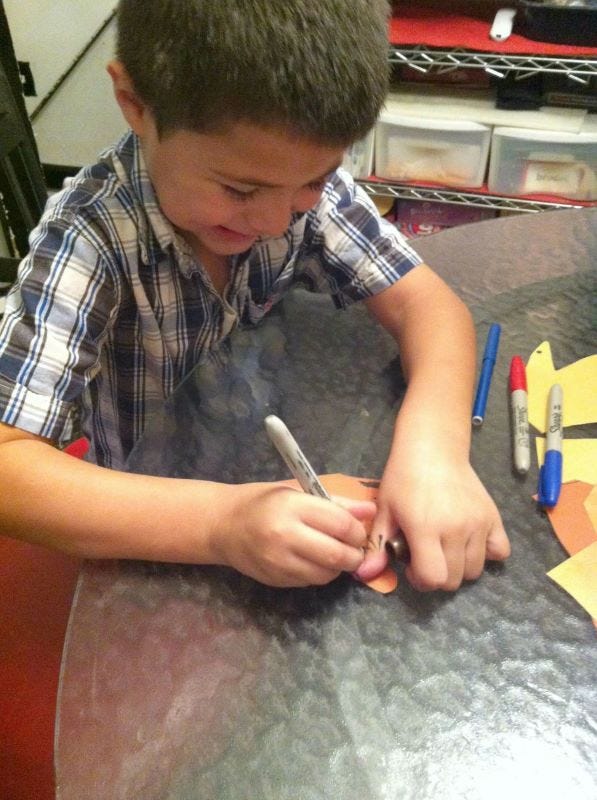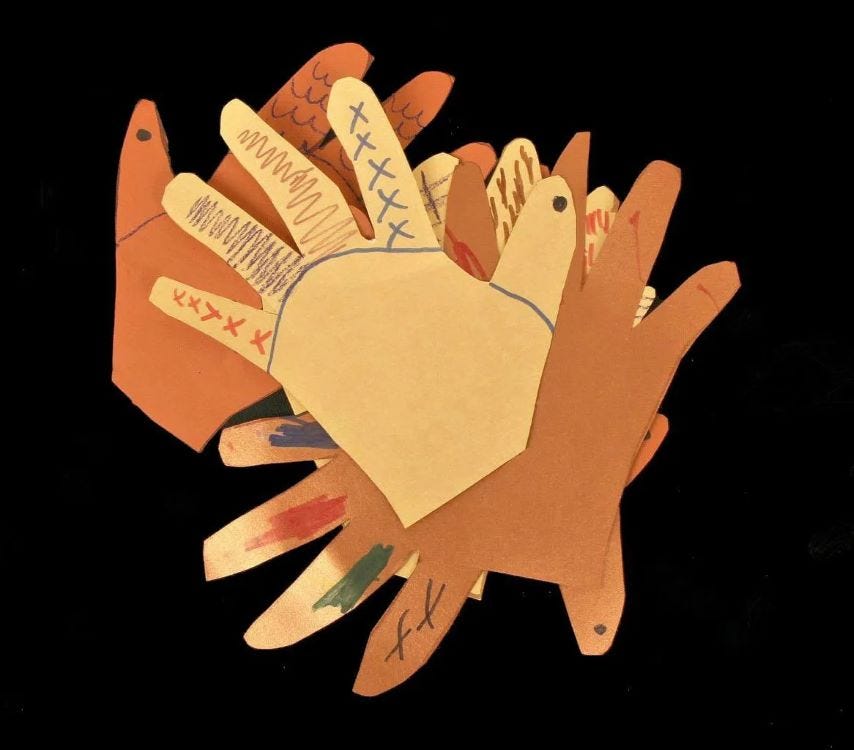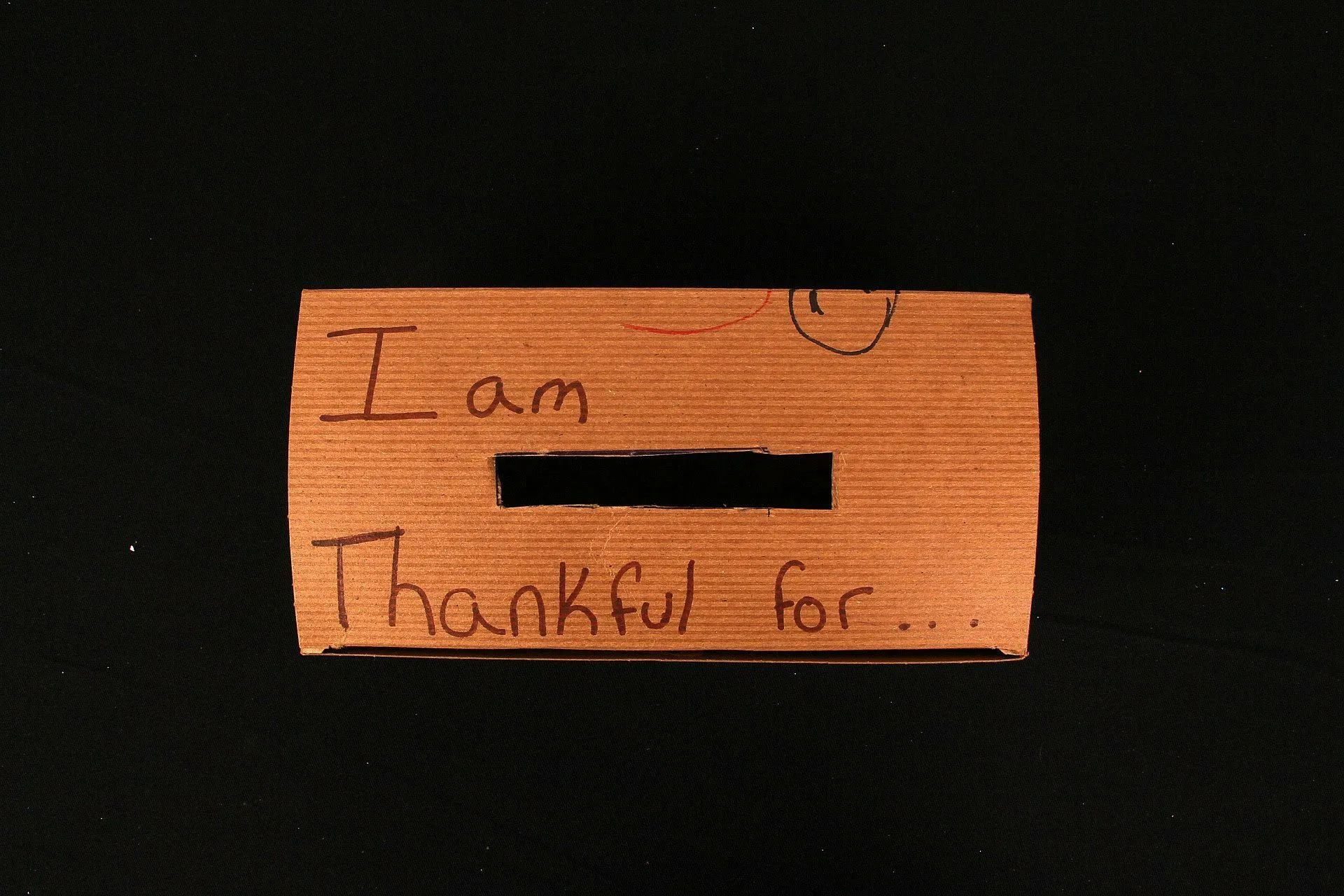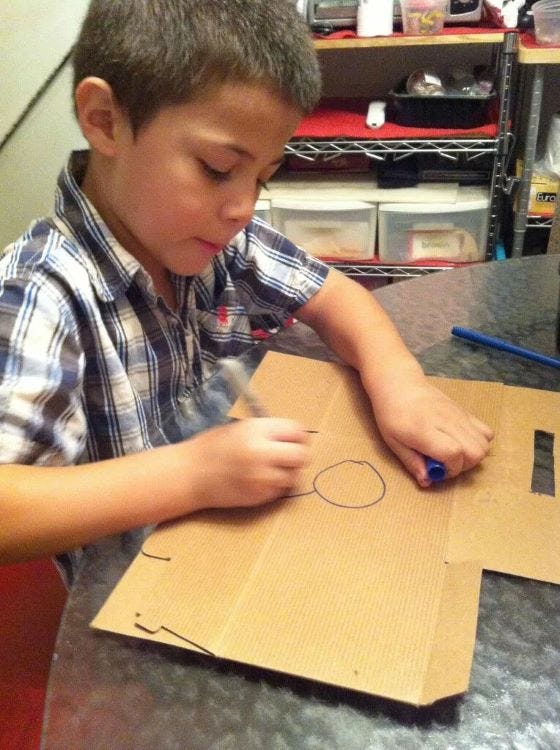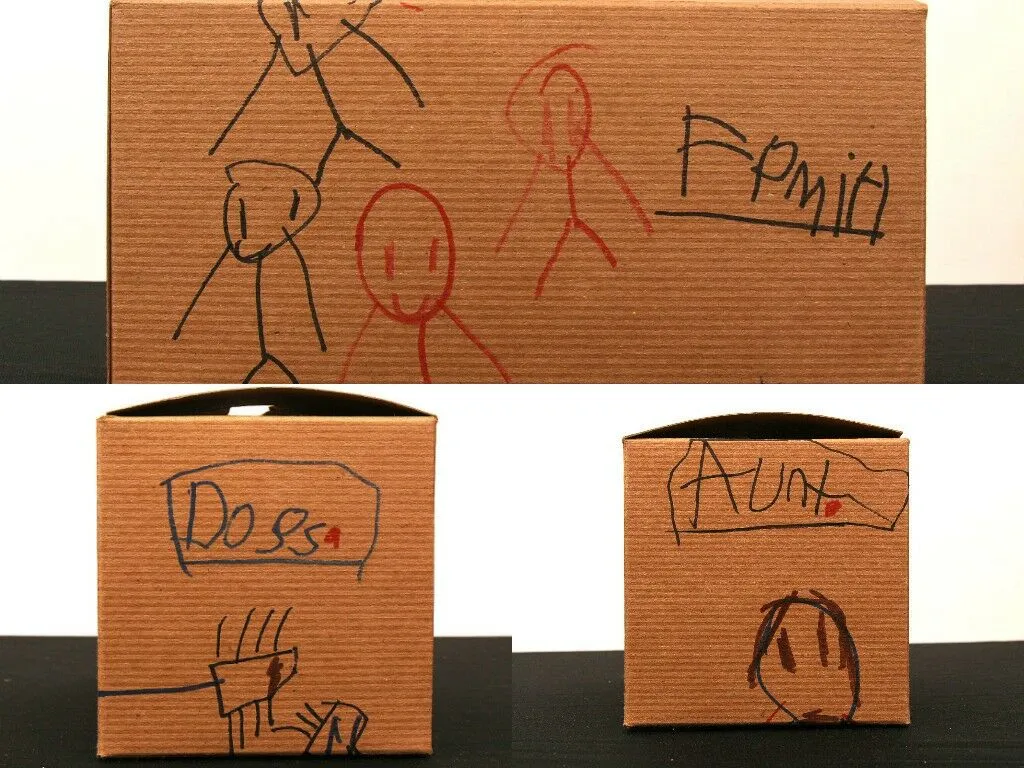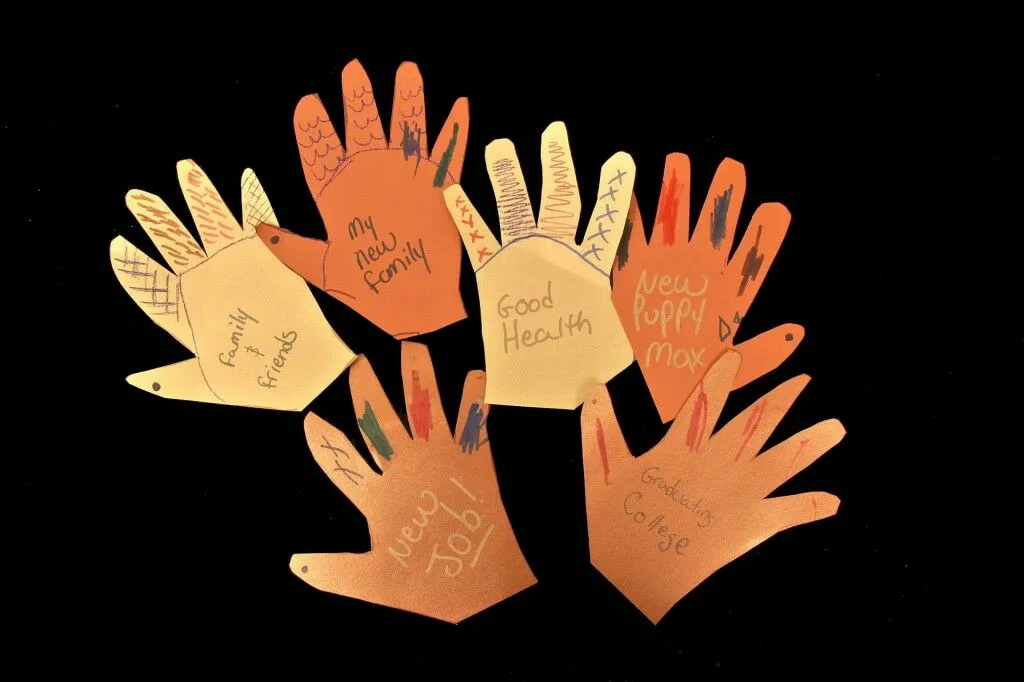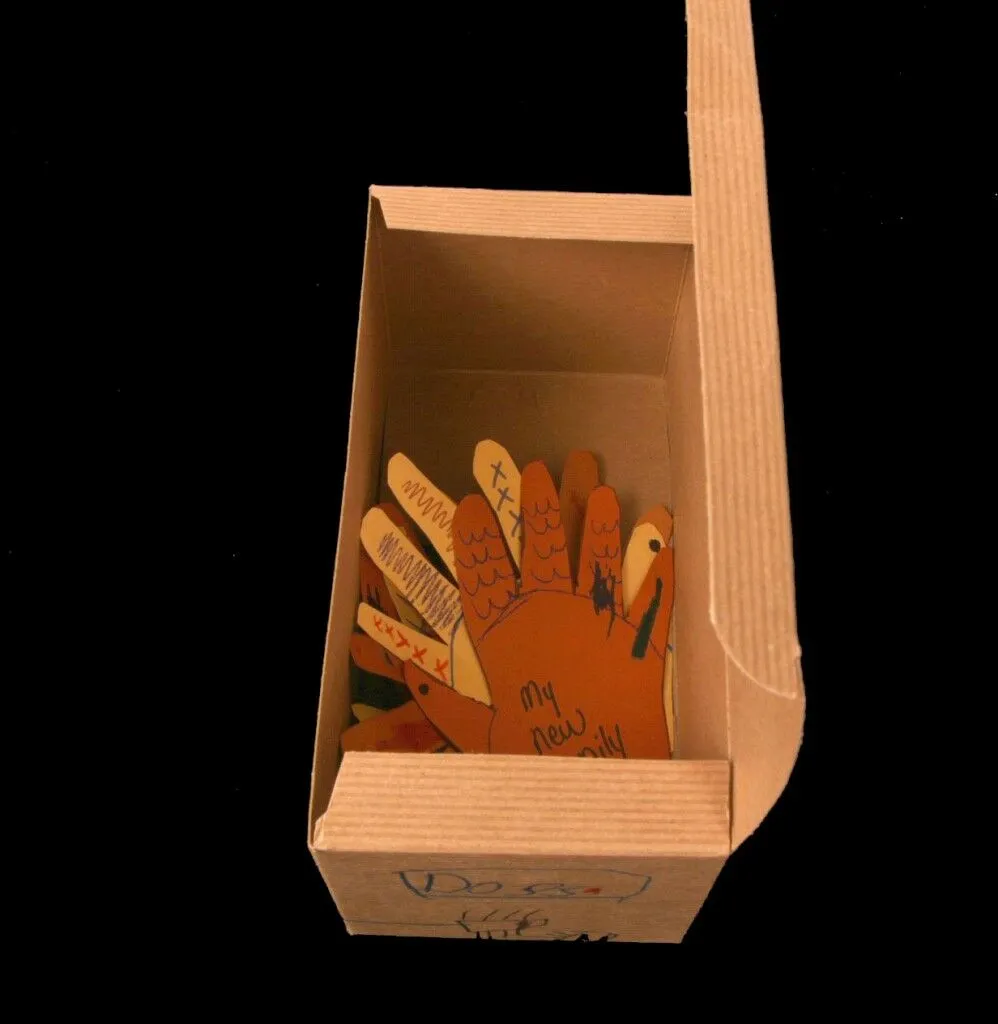Craft for Kids DIY Classroom: Fun Ideas for Creative Projects
Key Summary:
- This article will explore creative and educational craft ideas for kids to keep them entertained and engaged in the classroom setting.
- Discuss the importance of incorporating hands-on activities and creative projects in the classroom to enhance learning and development in children.
- Provide tips for managing craft projects in the classroom and integrating crafting activities into lesson plans.
Engaging children in crafting activities in the classroom is not only fun but also beneficial for their cognitive, emotional, and social development. This article will provide a comprehensive guide on how to incorporate creative and educational craft ideas into the classroom setting. From discussing the benefits of crafting for kids to providing age-appropriate craft ideas and tips for managing craft projects, this article aims to inspire teachers to enhance their lesson plans with hands-on activities. Let's explore the world of crafting for kids and unleash their creativity!
Benefits of Crafting for Kids
Engaging children in crafting activities offers numerous benefits for their overall development. From improving fine motor skills to enhancing creativity and problem-solving abilities, crafting helps children learn and grow in various ways. Research has shown that hands-on activities like crafting can also boost cognitive development and improve concentration and focus in children.
Cognitive Benefits
When children engage in crafting activities, they are required to follow instructions, make decisions, and solve problems, which can enhance their cognitive skills. Crafting also helps children develop spatial awareness, mathematical reasoning, and critical thinking abilities.
Emotional Benefits
Crafting allows children to express themselves creatively and build self-confidence. It can also serve as a therapeutic outlet for children to process their emotions and reduce stress and anxiety. Additionally, completing a craft project can instill a sense of accomplishment and pride in children.
Materials and Supplies Needed
Before embarking on any crafting project in the classroom, it is essential to have the necessary materials and supplies on hand. Some essential items for crafting projects include scissors, glue, colored paper, markers, paint, brushes, and various crafting materials like beads, buttons, and yarn. Having a well-stocked craft supply cabinet can make it easier to implement spontaneous crafting activities and keep children engaged.
Essential Crafting Materials
When selecting materials for crafting projects, it is important to consider the age and skill level of the children. For younger children, non-toxic and easy-to-use materials are recommended, while older children may benefit from more complex crafting supplies like clay or fabric.
Age-Appropriate Craft Ideas
Crafting projects should be tailored to the age and developmental stage of the children to ensure they are engaging and achievable. For preschoolers, simple projects like paper plate animals, handprint art, and sensory bins are ideal. Elementary school children may enjoy more intricate projects like origami, friendship bracelets, and painting on canvas.
Preschool Craft Ideas
Preschoolers have limited dexterity and attention spans, so crafting projects should be simple and hands-on. Activities like finger painting, playdough sculpting, and collage making are perfect for young children to explore their creativity.
Incorporating Crafts into Lesson Plans
Integrating crafting activities into lesson plans can enhance learning outcomes and make educational concepts more engaging and memorable for children. Teachers can use crafting projects to reinforce academic subjects like math, science, and language arts. By connecting crafting activities to lesson objectives, teachers can create a more holistic learning experience for students.
Math and Science Crafts
Crafting projects can be used to teach mathematical concepts like geometry, measurement, and patterns. For example, creating geometric shapes with paper or building structures with blocks can help children visualize mathematical principles in a hands-on way. In science, crafting projects can demonstrate scientific processes like chemical reactions or the water cycle.
What Sets Our Product Apart
Our product stands out from the rest due to its unique combination of educational and creative elements. By focusing on both fun and learning, we provide a holistic experience for children that enhances their cognitive, emotional, and social development. The versatility of our craft ideas allows teachers to tailor activities to different age groups and learning styles, making it a valuable resource for any classroom setting.
Interactive Learning
Our product encourages hands-on, interactive learning through engaging craft projects that stimulate children's creativity and problem-solving skills. By incorporating crafting activities into lesson plans, teachers can create a dynamic and immersive learning environment that fosters a love for learning in students.
Applications of Our Product
Our product offers a wide range of use cases in the classroom, making it a versatile tool for teachers to enhance their curriculum:
STEM Education
Crafting projects can be used to teach STEM concepts like engineering, technology, and mathematics in a hands-on and engaging way. By integrating STEM-focused craft ideas into lesson plans, teachers can inspire students to explore these subjects with creativity and enthusiasm.
Maximizing the Benefits of Our Product
To get the most out of your adventure with our product, consider the following tips:
Encourage Collaboration
Encourage students to work together on crafting projects to promote teamwork, communication, and problem-solving skills. Collaborative crafting activities can also foster a sense of community and belonging in the classroom.
Crafting Creativity: Enhancing Learning Through Hands-On Activities
Engaging children in crafting activities in the classroom is not only fun but also beneficial for their cognitive, emotional, and social development. This article explored the benefits of crafting for kids, provided essential materials and supplies needed for crafting projects, shared age-appropriate craft ideas, discussed ways to incorporate crafts into lesson plans, and offered tips for managing craft projects in the classroom. By showcasing real-world examples and step-by-step instructions, teachers can inspire creativity, problem-solving skills, and self-expression in children through hands-on crafting activities. Let's unleash the power of crafting to enhance children's holistic development and make learning a creative adventure!
